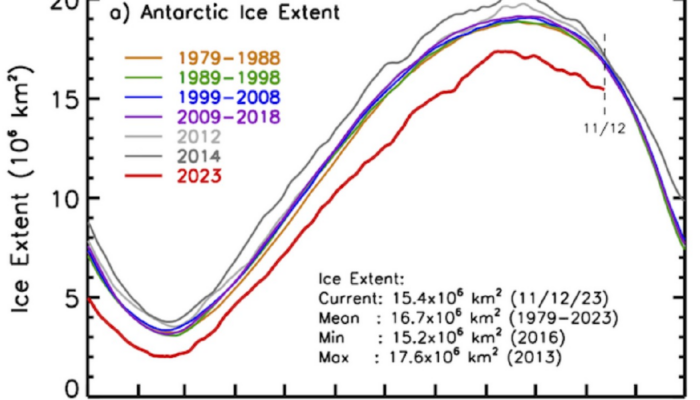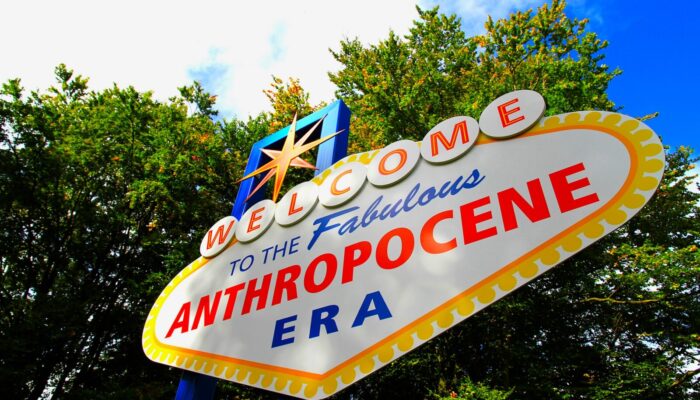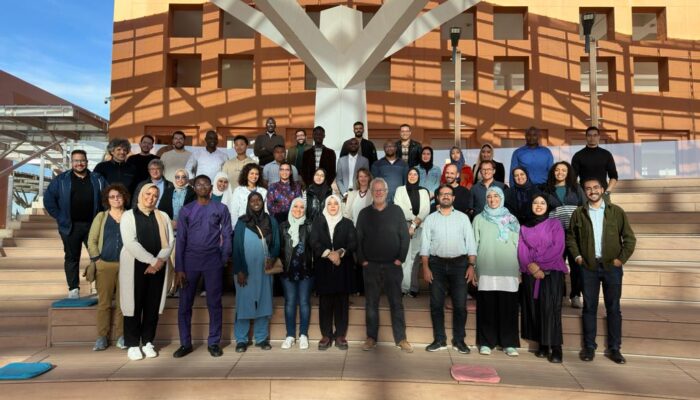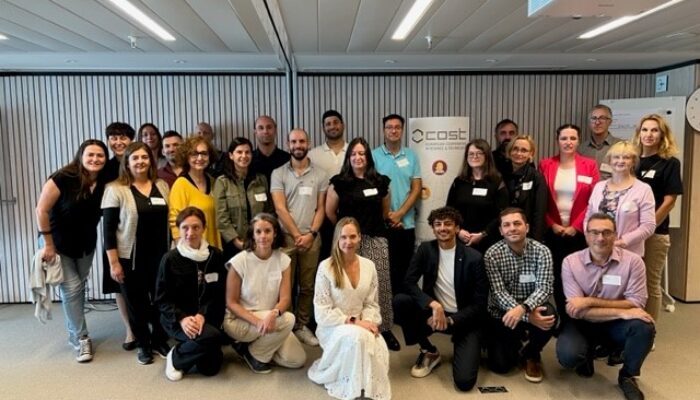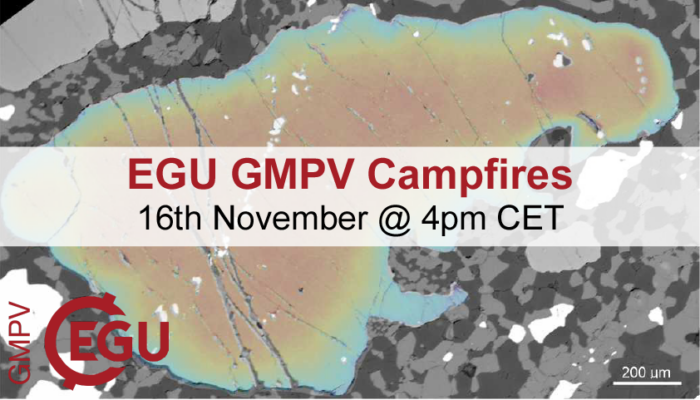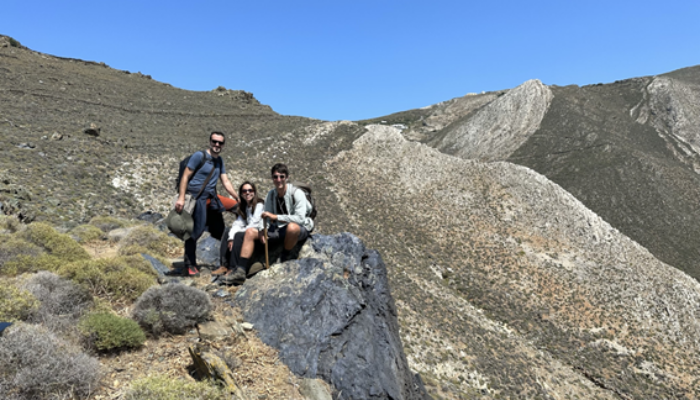The Division on Natural Hazards of the European Geosciences Union is looking for a new Early Career Scientist (ECS) representative (rep) and co-representative (co-rep) for the period 2024-2026. The outgoing rep (Silvia De Angeli) and co-rep (Negar Vakilifard) will be standing down officially at the EGU General Assembly 2024, so this is your opportunity to take these roles! Why become an Ear ...[Read More]
Cryospheric Sciences
An exceptional year: What’s up with Antarctic sea ice?
In our blog, we have written a lot about Arctic sea ice (see this post, this post and this post for recent examples). Much less has been written about Antarctic sea ice, i.e. its southern counterpart. That is not surprising as Arctic sea ice has experienced major losses since the late 1970s (beginning of satellite observations), while not much had happened to Antarctic sea ice (despite a small exp ...[Read More]
Climate: Past, Present & Future
Why would anyone care about an ‘Anthropocene’?
– A debate among scientists and its impact on us The epoch of humans (and their obvious intervention in the Earth system) In order to understand what the ‘Anthropocene’ means for us, we need to define first what it actually is. This poses a rather complex question in itself, as various disciplines have given the term rather different and alternative definitions. For instance, the public medi ...[Read More]
Seismology
Unlock Our Collective Potential: The Value of Joining the Seismology ECS Group
In this blog contribution, Foivos Karakostas, Research Fellow in Seismology at University College London and incoming ECS representative of the EGU Seismology Division, explains how to become a member of the EGU Seismology ECS representatives team, why it is worth it, and what exciting opportunities await your participation in it. The journey of science is one of the most exciting adventures human ...[Read More]
Hydrological Sciences
Interdisciplinary research within hydrology
Interdisciplinary research within hydrology has become a major task for hydrologists. But what are the main advantages and challenges reflecting to break the academic silos? What is interdisciplinary water research? Interdisciplinary research activities within human-water research have increased in recent years, not only in terms of research proposals and requests from funding agencies (such as t ...[Read More]
Nonlinear Processes in Geosciences
Training the new generation of scientists to address Climate Change issues in Africa: Insights from the Marrakech-Benguerir Climate Change, Projections and Services Summer School
In the ever-evolving landscape of climate change, the Université Mohammed VI Polytechnique (Buengerir, Marocco) and Institut Pierre Simon Laplace (Paris,France) Summer School has emerged as a beacon of knowledge, equipping participants with the tools to comprehend, navigate, and mitigate the impacts of a changing climate. The inaugural edition of the summer school focused on “climate change, ...[Read More]
Nonlinear Processes in Geosciences
Bridging Science and Society: FutureMed’s Transdisciplinary Approach to Tackling Climate Change in the Mediterranean
The Mediterranean region stands as a poignant testament to the far-reaching impacts of climate change. From extreme weather events to rising sea levels and increased pollution, the consequences of global warming are acutely felt. In this climate change hotspot, the interconnection of risks creates a complex web that affects ecosystems, economic activities, and human health. Recognizing the need fo ...[Read More]
Hydrological Sciences
Water justice in hydrological research
Water justice has become a crucial discussion in the past decades. Some of the core aspects reflect the questions about who gets involved in the decision-making process, who has access to drinking water, or who gains from flood alleviation schemes. Many hydrologists are struggling to find an answer to these major challenges. The rise of water justice In recent decades, the question of justice in ...[Read More]
Geochemistry, Mineralogy, Petrology & Volcanology
EGU GMPV ECS Campfires – Special Edition Thursday 16th November 4pm CET
After a pause, the Geochemistry, Mineralogy, Petrology and Volcanology division’s early career scientists talks (EGU campfires) are back! The first session in 2023 will be a special relaunch event. It will be held on Thursday 16th November at 4pm CET on Zoom. For this special edition, our speaker is Xin Zhong (PostDoc @ Freie Universität Berlin, Germany) on “the effect of aqueous fluid on viscous ...[Read More]
Geochemistry, Mineralogy, Petrology & Volcanology
Geological TrIPS: The amazing fragments of oceanic crust treasured on the Greek island of Syros
Geologists are often fascinated by the processes (and their products) taking place at the sea. Perhaps the fact that we do not have easy access to most of these processes is what puzzles us as geoscientists. Subduction can be considered as one of these “mysterious” processes for which several mechanisms remain to be better understood. Fortunately, subduction zones can be studied through their anci ...[Read More]


